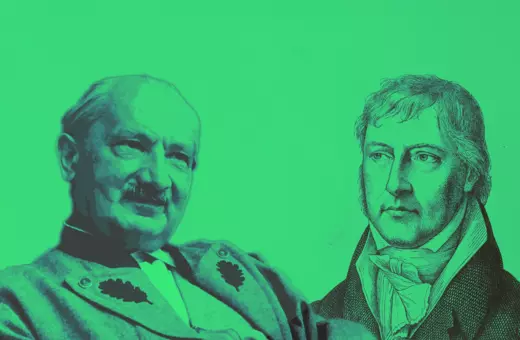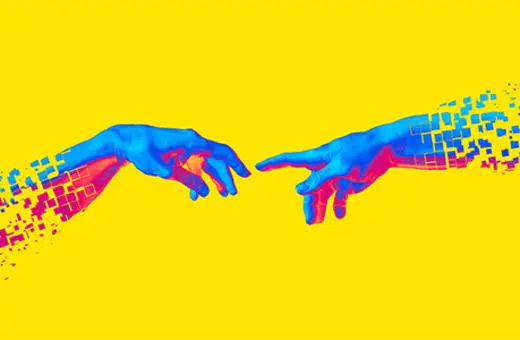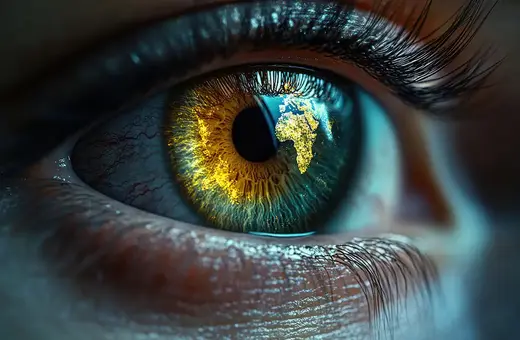The philosopher, George Berkeley, famously asserted that we cannot see distance. Our eyes can only see in 2-dimensions. However, we manage to navigate in a 3-dimensional world pretty well. 3-dimensional seeing then, is a learnt skill. This conclusion has radical implications for the possible development of perception to new and novel places, writes Kenneth L. Pearce.
John Locke credits the Irish philosopher and vision scientist William Molyneux (1656–1698) with posing the following ‘problem’:
Suppose a man born blind, and now adult, and taught by his touch to distinguish between a cube and a sphere of the same metal, and nighly [nearly] of the same bigness, so as to tell, when he felt one and the other, which is the cube, which the sphere. Suppose then the cube and sphere placed on a table, and the blind man be made to see: Quaere [Question], “whether by his sight, before he touched them, he could now distinguish and tell, which is the globe, which the cube?” (Essay concerning Human Understanding, §2.9.8)
More than 300 years later, Molyneux’s Problem (as it has come to be known) has not been definitively answered and continues to inspire research in neuroscience, developmental psychology, and philosophy. The fundamental question it raises is: what is the role of learning or experience in perception? Might people with different experience literally see the world differently?
___
In other words, seeing tangible, three-dimensional shapes is something we learn.
___
One of the central theses of Locke’s Essay is that all of our ideas are derived from experience. Much of this experience comes through our five senses. Some of our ideas are derived from one sense only. For instance, you can’t taste or hear the color red, you can only see it. But other ideas seem to be common to more than one sense. For instance, if your dog is barking joyously as she returns from rolling in some particularly delightful filth, you can tell her distance from you by hearing, sight, smell, and (once she’s close enough) touch. The notion of distance, then, would seem to be delivered by at least four of the five senses. Similarly, we learn the shapes of things by (at least) both sight and touch. Thus, Locke holds that “we can receive and convey into our minds the ideas of the extension, figure, motion, and rest of bodies, both by seeing and feeling” (Essay, ch. 2.5).
If this were true, however, we would expect the answer to Molyneux’s Problem to be ‘yes’. If one and the same idea of cube is delivered to us by both sight and touch, then the formerly blind man ought to be able to recognize the idea he receives by sight as the same familiar cube he always knew by touch. Yet both Locke and Molyneux hypothesise that he will not be able to do this.
In his first major philosophical work, An Essay toward a New Theory of Vision (1709), George Berkeley argued that Locke and Molyneux had failed to recognize the radical consequences of their negative answer to Molyneux’s Problem. According to Berkeley, if it is really true that the formerly blind man would not immediately recognize the cube by sight, this implies that the idea we have when we see the cube is entirely different from the idea we have when we touch it, and any connection between the two must rely entirely on an experienced correlation. In other words, seeing tangible, three-dimensional shapes is something we learn.





















Join the conversation